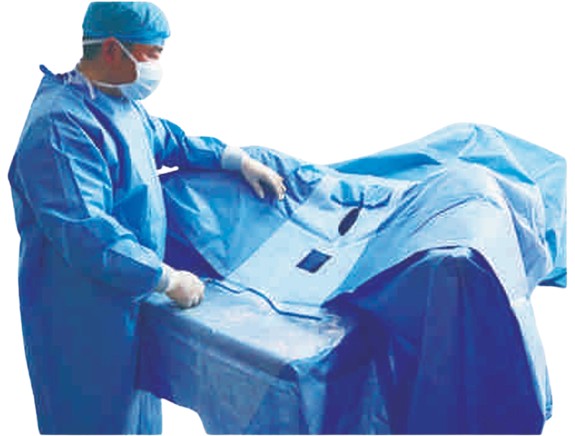Disposable vs. Reusable Surgical Packs: A Comprehensive Comparison
9/23/20241 min read
Introduction to Surgical Packs
Surgical packs are crucial components in healthcare, ensuring that medical teams have all necessary supplies readily available during procedures. There are two primary types of surgical packs: disposable and reusable. Each has its advantages and challenges that impact their use in medical facilities.
Advantages of Disposable Surgical Packs
Disposable surgical packs have gained popularity for several reasons. Primarily, they offer convenience by being pre-packed and ready for immediate use. This reduces preparation time in the operating room, which can be critical during emergency procedures. Furthermore, disposable packs minimize the risk of infection, as they are designed for one-time use and eliminate the need for sterilization processes. Their lightweight design also contributes to easier handling and transportation.
Benefits of Reusable Surgical Packs
On the other hand, reusable surgical packs present several benefits that can significantly impact a healthcare facility's operational costs and environmental footprint. While initial investments may be higher, reusable packs lead to reduced costs in the long run as they can withstand multiple uses. This also promotes sustainable practices in hospitals by decreasing waste, as fewer single-use materials are discarded after procedures. Additionally, reusable packs can be tailored to meet the specific needs of various surgeries, offering customization options that disposable alternatives may lack.
Conclusion: Choosing the Right Option
The decision between disposable and reusable surgical packs ultimately depends on a medical facility's specific needs, budget, and commitment to sustainability. While disposable packs provide convenience and ease of use, reusable packs contribute to cost-effectiveness and environmental conservation. Both options play a vital role in the healthcare system, and understanding their implications can help facilities optimize their operations while ensuring patient safety and care.
© 2024. All rights reserved.


